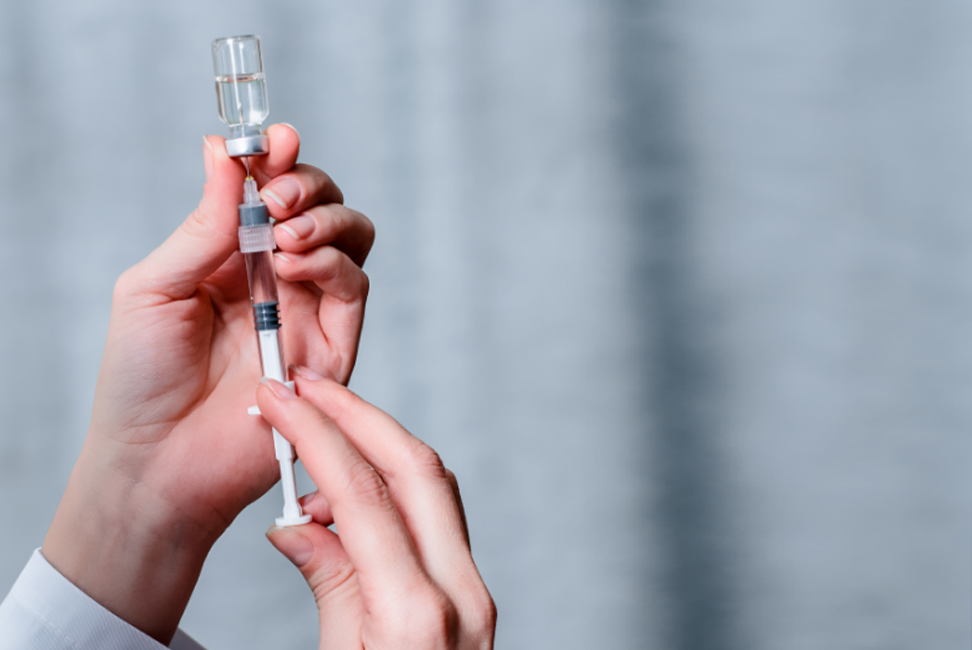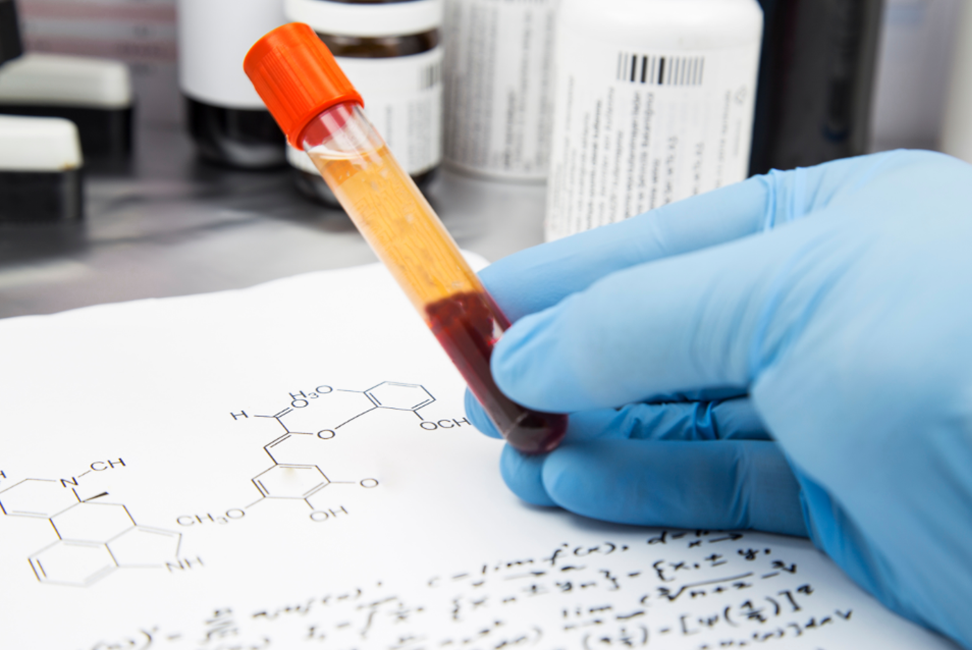Injection therapy is a form of pain management in which a qualified physician utilizes corticosteroids and other injections to help relieve pain in a patient.
Corticosteroid Injections
Cortisone shots are injections that can help relieve pain and inflammation in a specific area of your body. They’re most commonly injected into joints — such as your ankle, elbow, hip, knee, shoulder, spine or wrist. Even the small joints in your hands or feet might benefit from cortisone shots.

Visco-supplementation – Insurance Dependent
Viscosupplementation can significantly reduce pain while improving the mobility and function of the joint to make activities of daily living and even athletic or strenuous exercise less painful.
Viscosupplementation is a procedure that involves injecting hyaluronic acid, a gel-like fluid, directly into the joint. Hyaluronic acid is found naturally in the synovial fluid surrounding the joints to reduce friction during movement. The injection goes into effect by lubricating the joint and assisting the synovial fluid to create more cushion. This works to reduce pain and improve the range of motion or the mobility of the joint.
PRP - Platelet Rich Plasma
Platelet-rich plasma (PRP) therapy uses injections of a concentration of a patient’s own platelets to accelerate the healing of injured tendons, ligaments, muscles and joints. In this way, PRP injections use each individual patient’s own healing system to improve musculoskeletal problems.
To collect plasma, a doctor draws blood from your body and uses a machine to separate the platelet-rich plasma from the rest of the blood. Then the doctor numbs the area of your body being treated with PRP injections. Once you’re numb, the doctor uses a needle to inject your plasma into the area of your body being treated.

For example, if you’re being treated for a muscle injury, your doctor would inject plasma into several locations in that muscle. In some cases, doctors use ultrasound technology during injections to make sure they’re targeting the right area. PRP injections usually take about 30 minutes, though it depends on the area you’re targeting.
Once platelets are in the area that’s being treated, they break down and release growth factors, which are compounds that help cells repair and renew. This is thought to trigger your body’s healing process.
